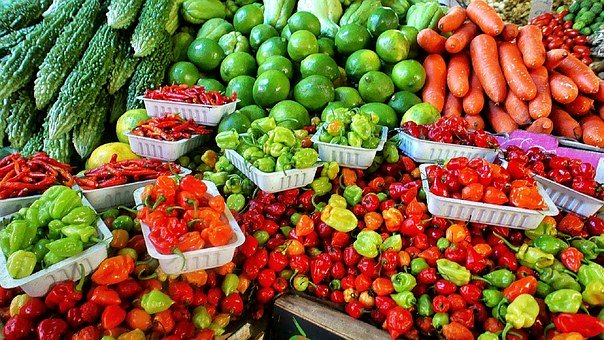Post-Harvest Losses: Expert Tasks Governments On Cold Chain Development
The Organisation for Technology Advancement of Cold Chain in West Africa (OTACCWA) has called on governments to prioritise cold chain development to reduce post-harvest losses and boost food security.
OTACCWA President, Mr Alexander Isong, made the call in an interview on Tuesday in Lagos.
Cold chain is a system that keeps products cold from production to delivery.
It is used to transport and store perishable items such as food, drugs, and vaccines.
It involves a series of steps, which includes production, transportation, warehousing, and distribution.
Isong said Nigeria’s agricultural sector requires multifaceted approach to reduce post-harvest losses.
He said the country’s growing cold chain industry must pay more attention to infrastructure development and technology adoption.
“We need to establish cold chain facilities at major production hubs that will enable farmers to store and manage their produce effectively.
“Solar-powered cold rooms can help reduce energy costs, making refrigerated produce more competitive in the market,” he said.
He said investing in refrigerated transport trucks would maintain produce integrity from farm to market.
Isong said farmers should be encouraged to use plastic crates instead of the raffia baskets that are obtainable in the markets.
“Some merchants and farmers have started using plastic crates, but we need to start teaching them the right way to use them.
“Promoting efficient handling and harvest practices can educate farmers on proper techniques to minimise mechanical damage and reduce losses,” he said.
According to Isong, developing processing plants for perishable crops hinges on the availability of cold chain infrastructure, which is vital for maintaining product quality.
He emphasised that perishable crops require cold chain facilities to maintain their integrity before processing to preserve quality.
“This brings us to community-level processing centres that will support smallholder farmers with shared processing facilities to improve efficiency and reduce losses.
“We can consider developing climate-controlled warehouses and on-farm storage solutions to reduce dependence on middlemen.
“Another innovative idea to consider is creating a digital platform for real-time market demand tracking and selling. This can ensure farmers have a market for their produce.
“Government subsidies, grants, and quality standards can encourage investment in post-harvest management infrastructure.
“Training programmes for farmers on best practices, mobile business services, and resource dissemination can promote a culture of efficiency and sustainability.
“By addressing these areas, Nigeria can significantly reduce post-harvest losses, improve agricultural productivity, and enhance food production,” Isong said.
NAN/Oyenike Oyeniyi


Comments are closed.